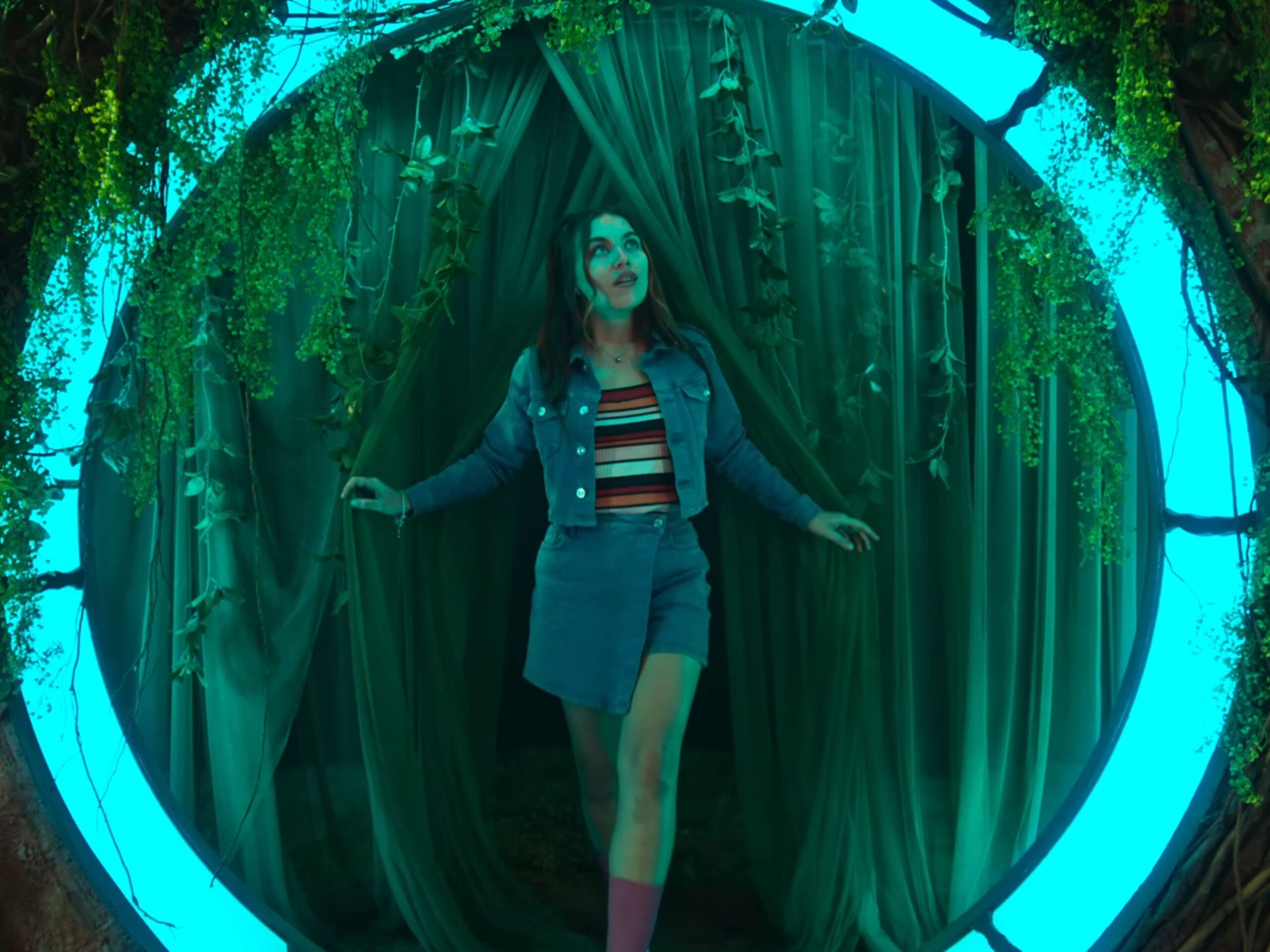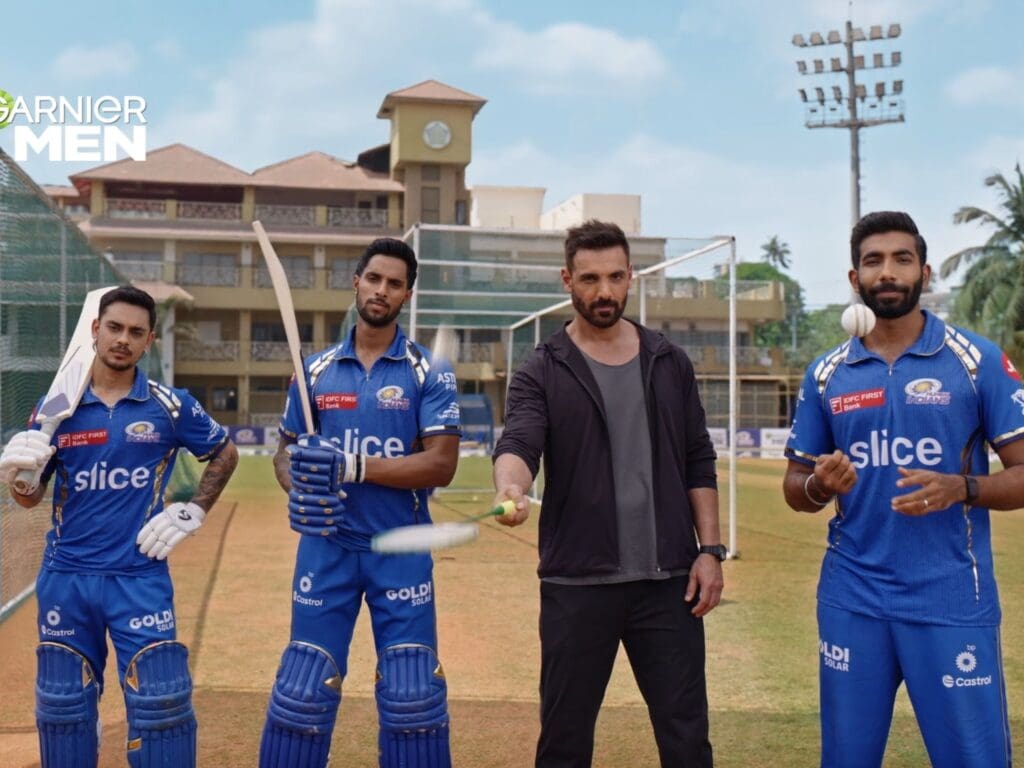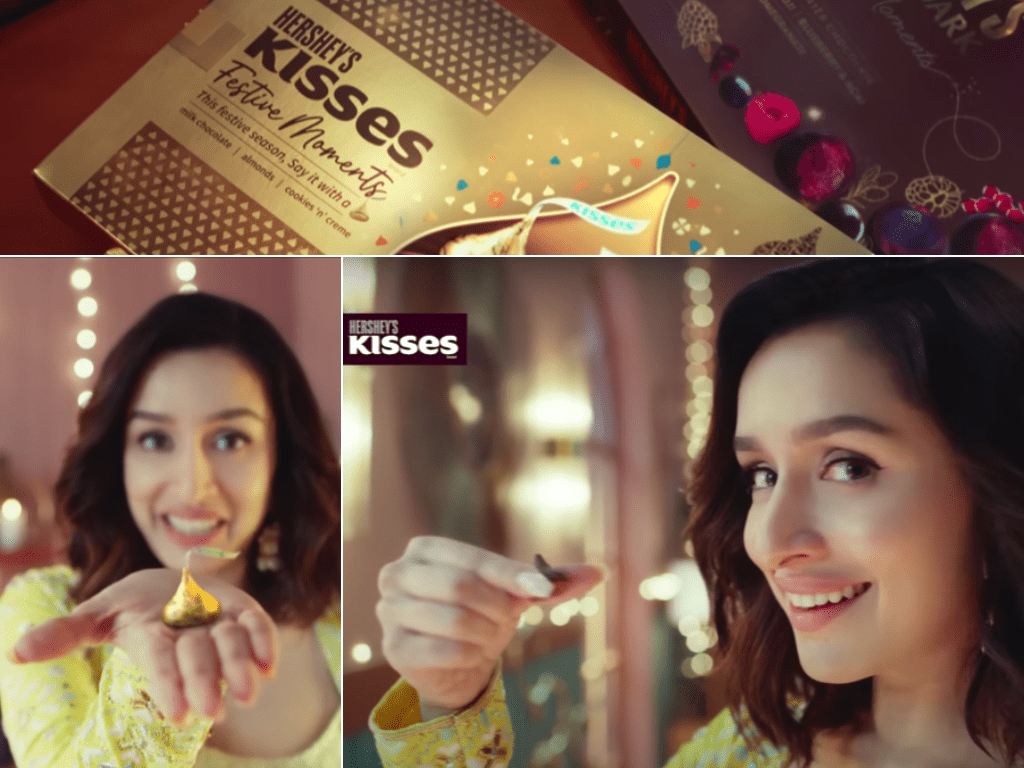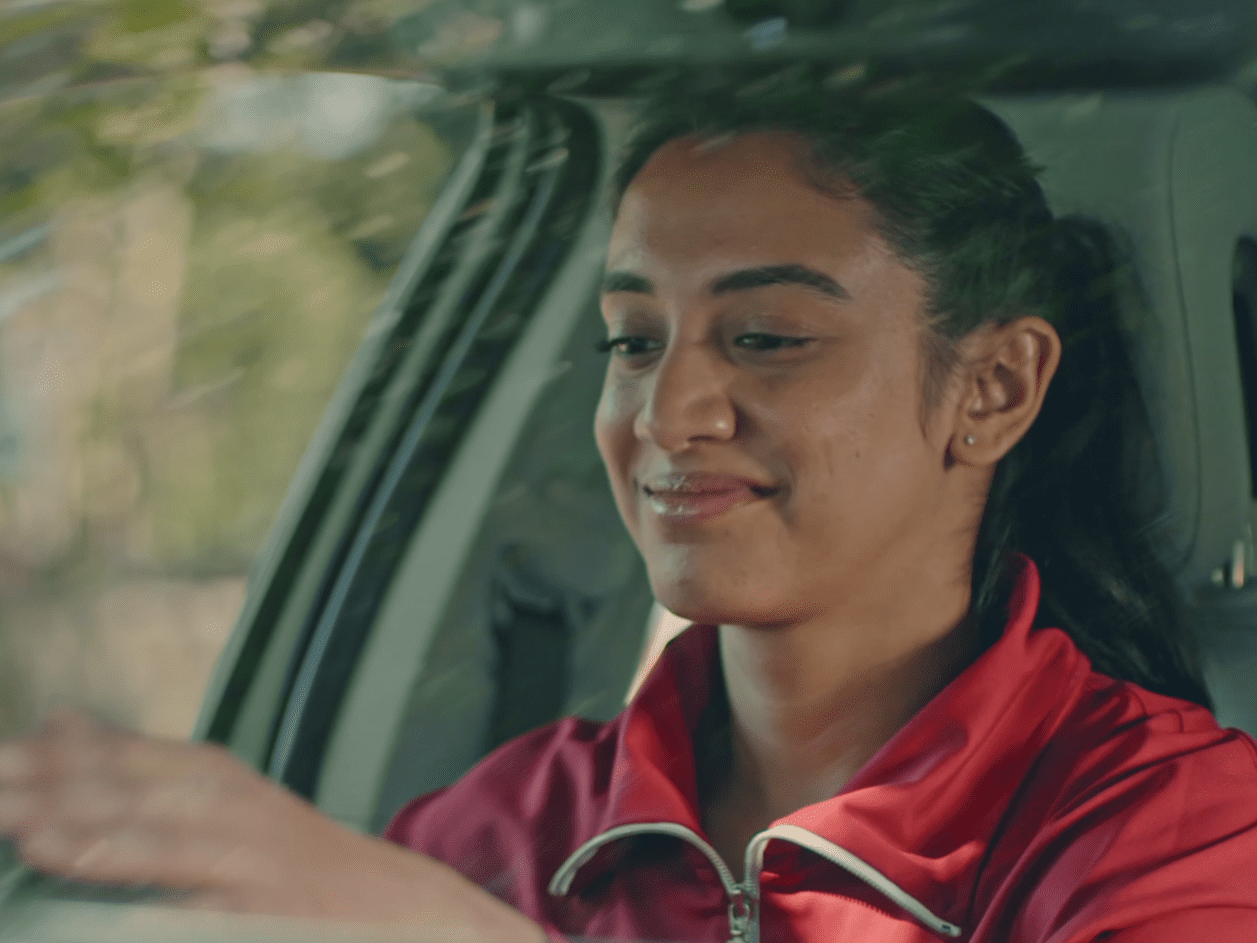In a highly digital world that we live in, we see ads everywhere. From our phones to billboards, they’re hard to miss. In this busy world, companies use storytelling to get noticed. Telling a good story isn’t just about pushing a product. It’s about making a real connection with people. It’s about creating experiences. It’s about earning their trust for the long haul.
Why Telling Stories is Important in Ads?
Think back to the last ad that really got to you. It probably wasn’t just a list of features or a loud sales pitch. It was a story that felt real and made you feel something. That’s the beauty of storytelling. It changes ads from background noise into something meaningful. You get a chance to connect with the brand on a deeper level.
When we hear stories, our brains react in special ways. They spark emotions, revive memories, and even motivate action. A great story can be about families coming together or overcoming struggles. These tales resonate because they remind us of our own lives. It builds that emotional link between the brand and its fans.
Key Parts of Storytelling in Ads
Not every brand has the same story to tell, but good advertising usually has some common ingredients:
- Relatable Characters
Every great story features a hero, and in many ads, that hero is us, the everyday consumer. When brands show characters we can connect with, it gives us someone to cheer for. It makes us think, “That could be me!” Ads showing regular folks facing real challenges often hit home because we see ourselves in them.
- Conflict and Resolution
Conflict is what draws us in. It’s just like the drama in movies. In ads, this might be a struggle we face- like dealing with stubborn stains or tech that always crashes. Then, the brand comes in like a hero, offering a solution and making everything better.
- Authenticity
Being real is key. People can tell when a brand isn’t being genuine. Stories that feel true and reflect real experiences are more engaging. On the other hand, overly polished tales can seem disconnected and fall flat.
- Strong Emotions
Whether it’s laughter, nostalgia, joy, or sadness, the feelings in your story should match your brand’s vibe. A well-told story sticks in our minds and shapes how we view a brand.
- Simplicity
Keep it clear and simple. If a story is too complicated, people will lose interest. Focus on the basics- who is involved, what’s happening, and why it matters. Then let the story unfold easily.
Brands that Tell Great Stories
Several brands are experts at storytelling in their ads. Here are a few standouts:
- Nike: Their famous “Just Do It” campaigns don’t just market sports gear. They tell stories of hard work and human grit, featuring athletes who face real challenges. Watching these stories pushes viewers to pursue their dreams.
- Coca-Cola: Coca-Cola often spots happiness in shared moments. Whether it’s family time or celebrating holidays, their stories make the brand feel like a part of our joyful experiences.
- Google: Google’s ad named Reunion shows how their Search helps people come together despite distances. The way this story is told makes tech feel personal.
The Science Behind Storytelling
So, why does storytelling work so well? It’s tied to how our brain works. Stories light up several areas in our brain, including those that deal with feelings and memory. When a story is shared, it’s tied to emotions, making it much easier to remember.
Plus, storytelling releases oxytocin, often called the “trust hormone.” This helps viewers feel safe and connected to the brand.
Shifting to Digital Storytelling
With digital media on the rise, the way brands get their stories across has changed. Now, companies can reach people through many platforms- social media, videos, websites, and more. Short videos on platforms like Instagram and TikTok force brands to tell engaging stories in just a few seconds. Longer clips on YouTube let brands go deeper into their narratives.
There’s also a rise in interactive storytelling. Some campaigns invite the audience to join in on the story, whether through content created by users or fun games. This makes the experience even more fun and memorable.
Ways Brands Can Improve Their Storytelling
- Understand Your Audience: To create great stories, you need to know who you’re talking to. Research helps uncover what will hit home with your audience.
- Highlight Values: More people want to support brands that stand up for what they believe in. Telling stories about your values shows you really care.
- Stay Consistent: A great story shouldn’t just appear in one ad. Keeping your narrative steady across different ads helps strengthen your brand image.
- Be Open to Change: Storytelling is a mix of creativity and strategy. Use info to figure out what works and try new things to keep fans interested.
In short, storytelling in ads is more than just being creative. It’s a smart way for brands to connect with people. Real and heartfelt stories help brands stand out and create stronger bonds with their audience.

Whether you’re working with a creative team or handling things yourself, storytelling can boost your brand’s image. If you need help with this, Good Fellas Studio is a top Ad film production agency in Mumbai, that knows how to tell stories well.
In a busy world full of numbers and tech, storytelling shows us what counts- human connection. So, when you think about your brand, remember to share a story instead of just pushing a product.








